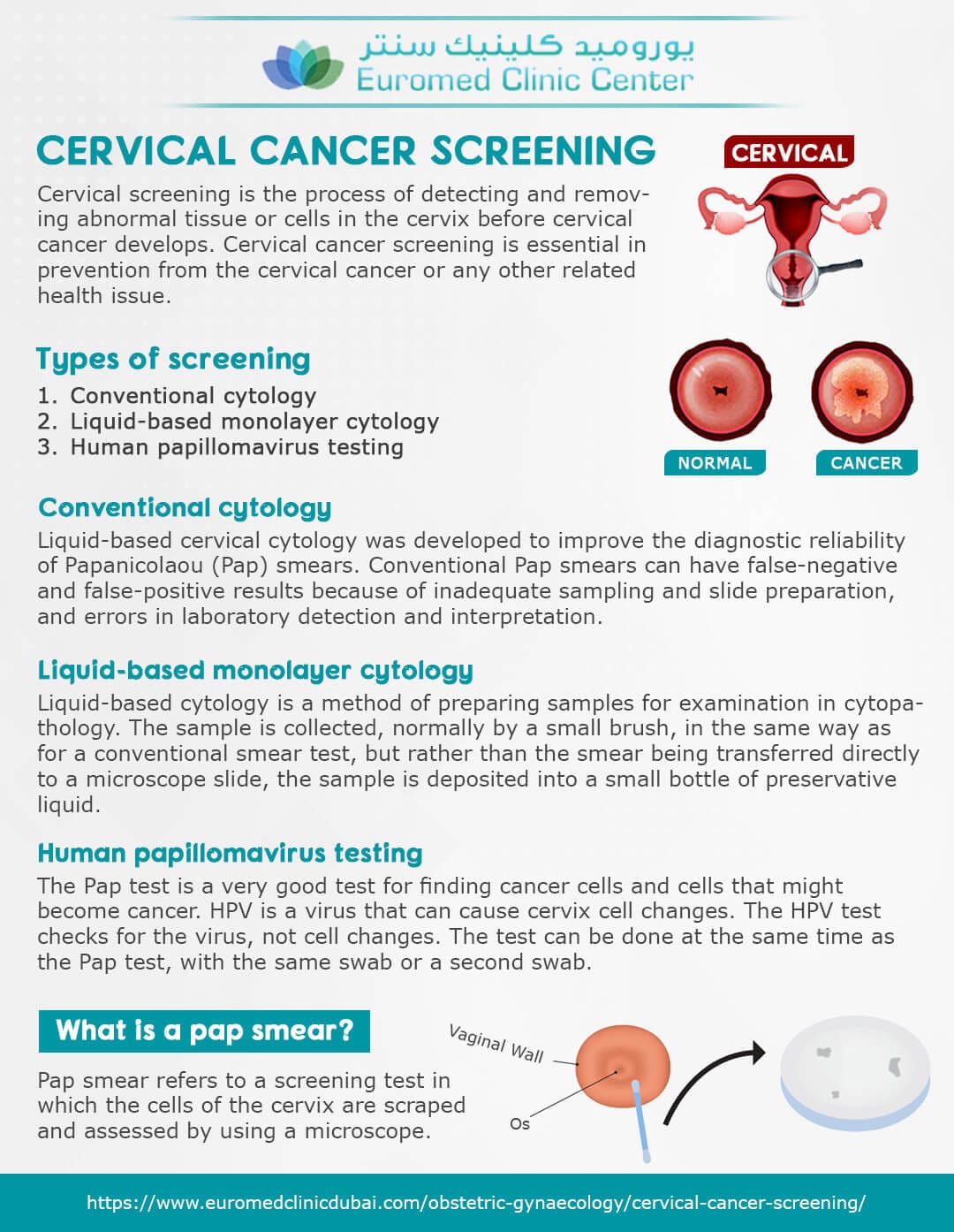The flu season in the United States has seen a remarkable surge in intensity this year, marking what experts are calling the most severe outbreak in over fifteen years. As of late 2023, reports indicate a sharp increase in both the number of flu cases and hospitalizations related to influenza, prompting health officials to issue warnings and advisories to the public about the heightened risks associated with the virus.
Health authorities attribute the severe outbreak to a combination of factors. This flu season has seen the circulation of multiple influenza strains, with the H3N2 subtype emerging as particularly prominent. The H3N2 strain is known for producing particularly severe illness, and it often leads to increased rates of hospitalization among vulnerable populations such as the elderly, young children, and individuals with preexisting health conditions.
Public health departments across the country are closely monitoring flu activity through their surveillance systems, which have indicated widespread flu transmission in many regions. According to data from the Centers for Disease Control and Prevention (CDC), influenza-like illness cases have surpassed thresholds that usually trigger an alert. Consequently, the CDC is encouraging increased vaccination efforts and public awareness campaigns to mitigate the impact of the virus.
Vaccination remains the most effective tool in combating the flu. This year, the flu vaccine has been well-matched to circulating strains, making it a crucial step in protecting oneself and the community. However, public health officials have noted a slower-than-usual uptake of the vaccine this flu season, a trend which could be attributed to factors such as lingering vaccine hesitancy and the effects of the COVID-19 pandemic, which shifted focus and resources in healthcare settings.
In addition to vaccination, public health experts are recommending a series of preventive measures to help reduce the spread of influenza. These measures include practicing good hygiene, such as regular handwashing with soap and water, using hand sanitizer, and avoiding close contact with individuals who exhibit flu-like symptoms. People are also urged to cover their mouths and noses with a tissue or elbow when coughing or sneezing, as these actions can significantly limit the transmission of respiratory viruses.
Healthcare facilities are now experiencing increased pressure due to the rise in flu cases. Hospitals report that their emergency departments are seeing a larger influx of patients presenting with flu symptoms, leading to longer waits and increased strain on medical resources. While many individuals with the flu can be managed at home, those who experience severe symptoms, such as difficulty breathing, prolonged fever, or inability to stay hydrated, are advised to seek medical attention promptly.
One notable aspect of this year’s flu season is its overlap with ongoing concerns related to the COVID-19 pandemic. Both influenza and COVID-19 are respiratory illnesses that can lead to serious complications, particularly in vulnerable populations. Consequently, public health messaging is increasingly focusing on the importance of dual prevention strategies, including getting both the flu vaccine and the COVID-19 vaccine or booster dose when eligible. This combined approach can help reduce the overall burden of respiratory diseases this season.
Moreover, health officials continue to stress the significance of public awareness regarding the flu’s potential severity. Unlike in prior years, when the flu season might have been characterized as mild to moderate, the current situation highlights that influenza can have serious ramifications for public health. Reports have indicated that the number of hospitalizations due to flu-related illness has reached alarming numbers, prompting some states to declare public health emergencies.
The communication of these developments is vital to encouraging individuals and families to take flu prevention seriously. Public campaigns focusing on education about the flu, its symptoms, and strategies for prevention are critical in fostering community engagement during this challenging season.
In conclusion, the ongoing flu season in the United States is shaping up to be the most intense in at least fifteen years, with rising case counts and heightened hospitalizations. Public health officials are actively promoting vaccination and preventive measures to combat the spread of this year’s viral strains. Individuals are encouraged to prioritize their health and the health of those around them by getting vaccinated and adhering to recommended hygiene practices during this challenging time.


